|
Getting your Trinity Audio player ready...
|

By Rick Tobin
Pending home sales in November 2022 tumbled down by 4% month-over-month and collapsed by -38.6% year-over-year, the largest annual drop ever recorded. Pending home sales are often looked to as a leading indicator of existing home sales due to the fact that they are properties which go under contract a month or two before the sales contract closes or is completed.
Home sales fell 7.7% on a monthly basis in November 2022 as per the National Association of Realtors.This was the 10th consecutive month of home sales declines. The seasonally adjusted annualized pace was 4.09 million housing units. However, the median national sales price increased 3.5% to $370,700 from the year prior partly due to a low housing supply.
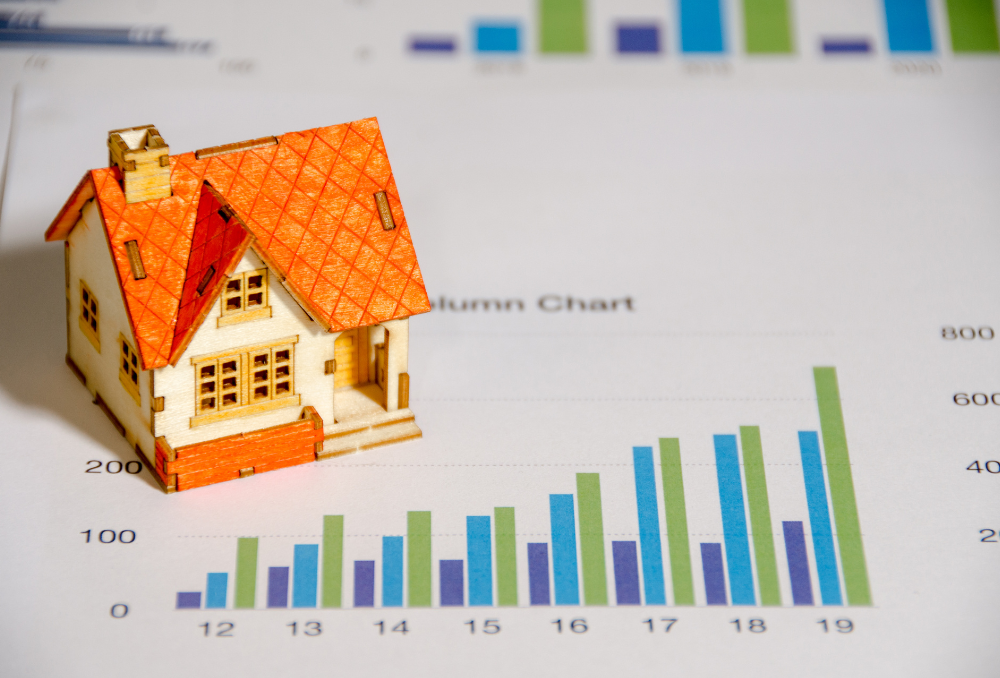
The good news for the real estate data for November 2022 is that the $370,000 median national home price was the highest November price that Realtors have ever recorded. It was also the 129th consecutive month (or almost 11 years) of year-over-year price gains that continue to be an all-time record dating back to the tracking of these numbers starting in 1968.
An estimated 23% of all homes sold in November were above the list price due to the tight housing supply. By the end of November, there were 1.14 million homes for sale, which was reported as a still-low 3.3 month supply. These unsold months’ supply of home listing numbers were still well below historical average selling times that can still reach at least six months with moderate price gains.
US annual home price gains, based on S&P Global’s Case-Shiller data, were reported as having year-over-year home price appreciation of +10.4% year-over-year in October 2022 prior to falling to +8.64% year-over-year price gains one month later in November 2022. By comparison, the year-over-year price gains in July and August 2022 were +15.6 and +13%, respectively, as price gains continue to decelerate. This +8.64% annual home price growth rate is still much better than the historical average near 3% to 5% year-over-year gains over the past 50 years.
ADVERTISEMENT
The number of new listings in November fell 28.4% year-over-year, which was the biggest drop on record aside from April 2022 near the start of the global pandemic designation. Ironically, the overall supply of homes for sale rose by 4.6% at the same time due to average home listings taking longer to sell. For example, the typical listed home took 37 days to go under purchase contract as compared with 23 days a year prior.
Approximately 78% of recent buyers financed their home purchase in 2022, which was down from 87% in 2021. This was driven by the increased share of repeat buyers who paid all cash that came from the significant equity gains from their previous residence. The typical down payment for first-time buyers was 6% and 17% for repeat buyers as per the NATIONAL ASSOCIATION OF REALTORS®.
Construction, Rate Hikes, & Institutional Investors
Homebuilder sentiment dropped for the 12th consecutive month in December 2022 to the lowest level since 2012, according to the National Association of Home Builders. The builder sentiment score for newly built single-family homes dropped 2 points to 31 on the National Association of Home Builders/Wells Fargo Housing Market Index. Anything below a 50 score is considered negative for builder sentiment.
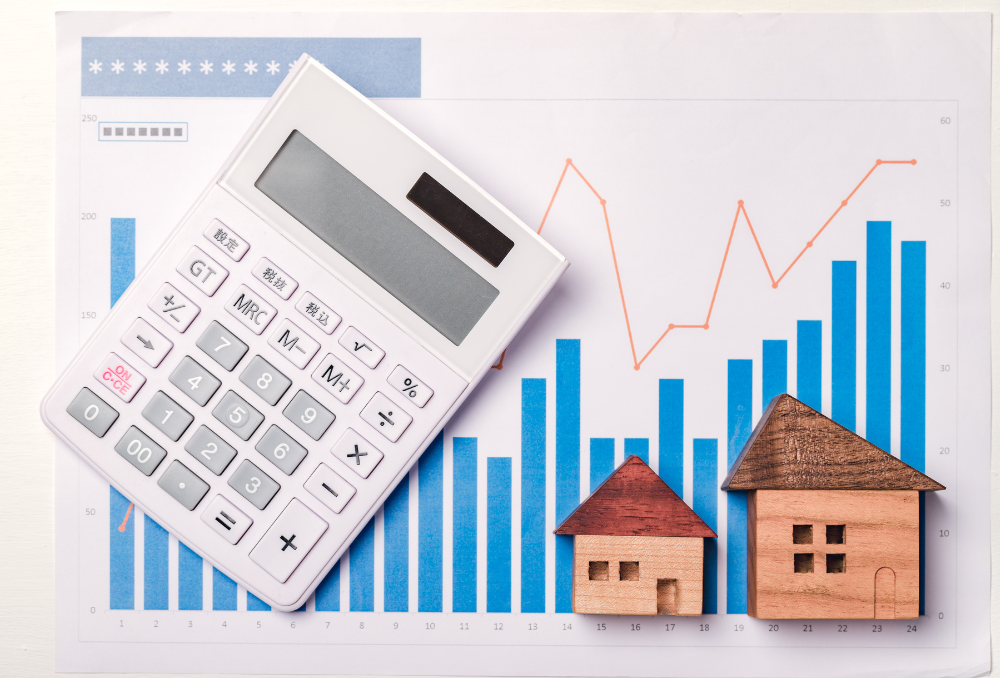
By comparison, the same builder sentiment index one year prior in December 2021 had an 84 rating which was incredibly positive. Regionally, the building sentiment was the most positive in the Northeast and most negative out West where home prices are well above the national average.
Earlier in 2022, the Federal Reserve’s FOMC (Federal Open Market Committee) began their aggressive rate hike campaign which pushed mortgage rates skyward. In most of the first quarter of 2022, the Fed was still holding the federal funds rate near zero until increasing rates on these FOMC meeting dates the rest of the year:
FOMC Meeting Date
December 14, 2022
November 2, 2022
September 21, 2022
July 27, 2022
June 16, 2022
May 5, 2022
March 17, 2022
Rate Change (bps)
+50
+75
+75
+75
+75
+50
+25
Federal Funds Rate
4.25% to 4.50%
3.75% to 4.00%
3.00% to 3.25%
2.25% to 2.5%
1.5% to 1.75%
0.75% to 1.00%
0.25% to 0.50%
With mortgage rates rising, the number of all-cash buyers for residential properties also increased. An estimated 31.9% of home purchases in the U.S. were paid for with all cash in October. This was a jump from 29.9% one year earlier and the highest percentage of cash buyers since 2014.
ADVERTISEMENT
A study conducted by Zelman & Associates found that institutional investors found on Wall Street and elsewhere have set aside upwards of $110 billion to purchase single-family homes in 2023. If so, this is equivalent to the purchase of an additional 400,000 homes.
By the end of 2022, institutional investors like BlackRock, Blackstone, Vanguard, State Street, and others owned 700,000 homes, which represents approximately 3% of the nation’s 20 million single-family homes as per Roofstock. An additional 400,000 new home purchases in 2023 may take the institutional investor ownership of homes up to 1,100,000 or 5.5% of the nation’s total home supply. However, MetLife Investment Management predicts that institutional investors may own as much as 40% of the nation’s single-family home supply by 2030.
Inflation – A Double-Edged Sword
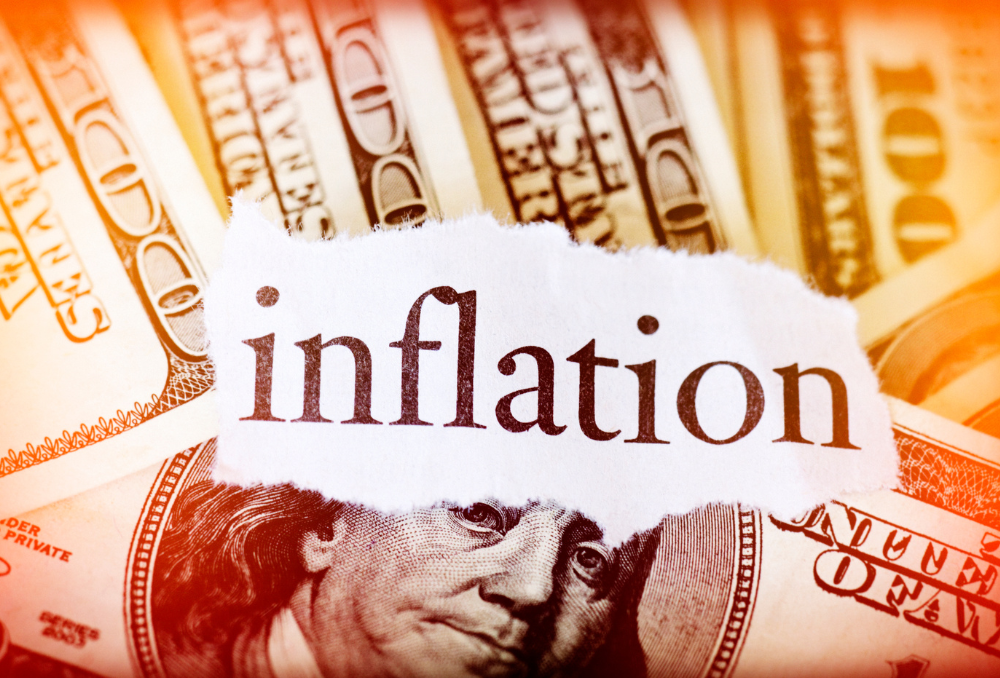
Home construction costs jumped by more than 30% between just the start and end of 2022. Approximately 62% of homebuilders are now offering financial incentives to buyers to boost their home sales by offering seller credits towards mortgage rate buy-downs, paying points and other closing costs for buyers, and reducing home prices. The average home price reduction for new homes in December 2022 was 8%, which was up from 5% and 6% price cuts earlier in the year.
Many food prices have risen at an even larger percentage increase rate than home construction costs. For example, vegetable prices increased by 80% year-over-year by November 2022. Quite surprisingly, vegetable prices absolutely skyrocketed by 38% in just one month between October 2022 to November 2022, as per the U.S. Bureau of Labor Statistics. Yet, these price jumps for veggies were tame by comparison when reviewing egg price changes which rose by a whopping 244% year-over-year increase by November 2022.
A case study conducted by Research Affiliates that’s entitled History Lessons: How “Transitory is Inflation” found that it can take more than 10 years for higher annual inflation periods of more than 8% to later fall back down to 3% or below. After reviewing data from 14 developed nations during the January 1970 to September 2022 time range, they found that nations which reached 8% published inflation rates like seen in the US and most of Europe later kept increasing to 10% inflation rates or higher over 70% of the time.

The published US inflation rates surpassed 6% in 2021 and 8% in 2022. However, the true inflation numbers are probably much higher. Regardless, the Research Affiliates group reported that it generally takes nations with 8% inflation rates or higher a median time of nine to 12 years for inflation to later fall below 3%. In recent times, the Federal Reserve has clearly stated that their goal is to bring published inflation rates down closer to 2% to 3% partly by way of their aggressive rate hike strategies. Based upon historical trends, we may not reach 3% or lower published inflation rates until well after 2030.
The main cause of our record inflation rates today and the declining purchasing power of our dollar is directly caused by the Federal Reserve and US Treasury creating too many dollars within a relatively short period of time. For example, the M1 money supply (cash and cash-like instruments) rose from $4 trillion in March 2020 to $20 trillion in October 2021. The more dollars created, the lower the purchasing power of the same dollars as clearly seen by how empty our grocery carts look after spending $100.
As the purchasing power of the dollar falls and prices for consumer goods, services, and asset prices rise, 63% of Americans are living paycheck-to-paycheck according to a survey conducted by LendingClub. This is why it’s so important to invest in assets that generate consistent monthly income for you like with real estate.
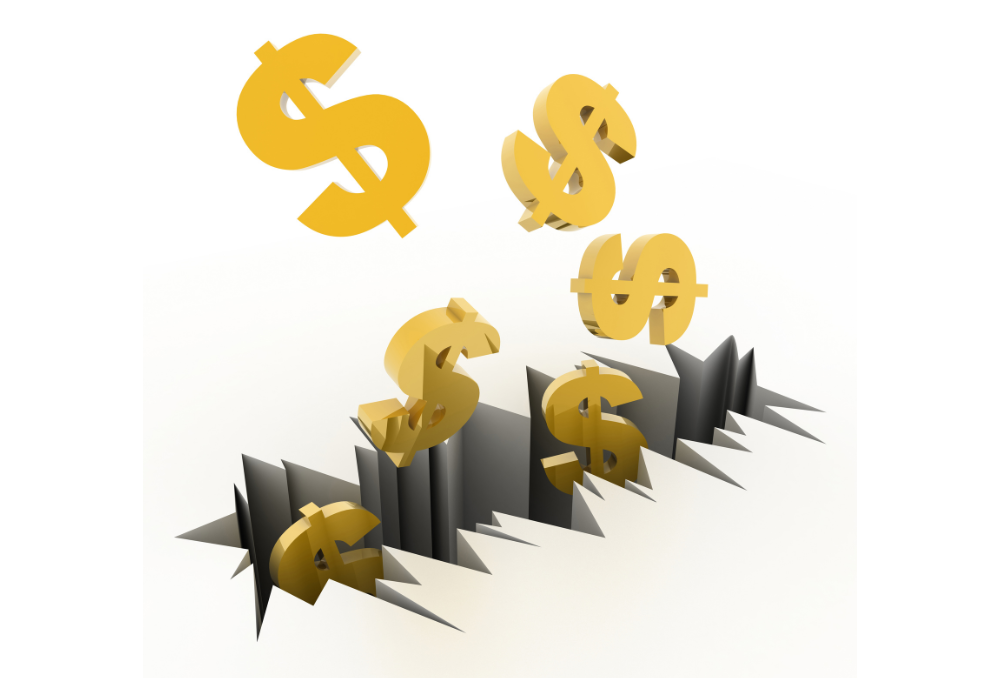
Historically, real estate has proven to be an exceptional hedge against inflation. Generally, home prices rise at or above the annual published inflation rates. As such, few investments in the future may benefit as much as real estate as the dollar continues to weaken and true inflation rates continue onward in the double-digit rate range.
Price Cuts, Buying Opportunities
During significant economic downturns like during The Great Depression (1929 – 1939); The Early 1980s Recession (1980 – 1982) when interest rates hit all-time record highs (21.5% for the Prime Rate in December 1980 and an 18.6% peak high for the 30-year fixed rate mortgage in October 1981) to combat the then record inflation levels, which we actually surpassed here in 2022); The Savings and Loan Bust (late 1980s through mid-1990s); and the ongoing Credit Crisis or Global Financial Crisis that officially started during the summer of 2007 and reached market depths for real estate prices between late 2008 and 2013 especially, the savvy, educated, and fearless investors picked up real estate assets for as little as cents on the dollar while creating generational wealth for their families.
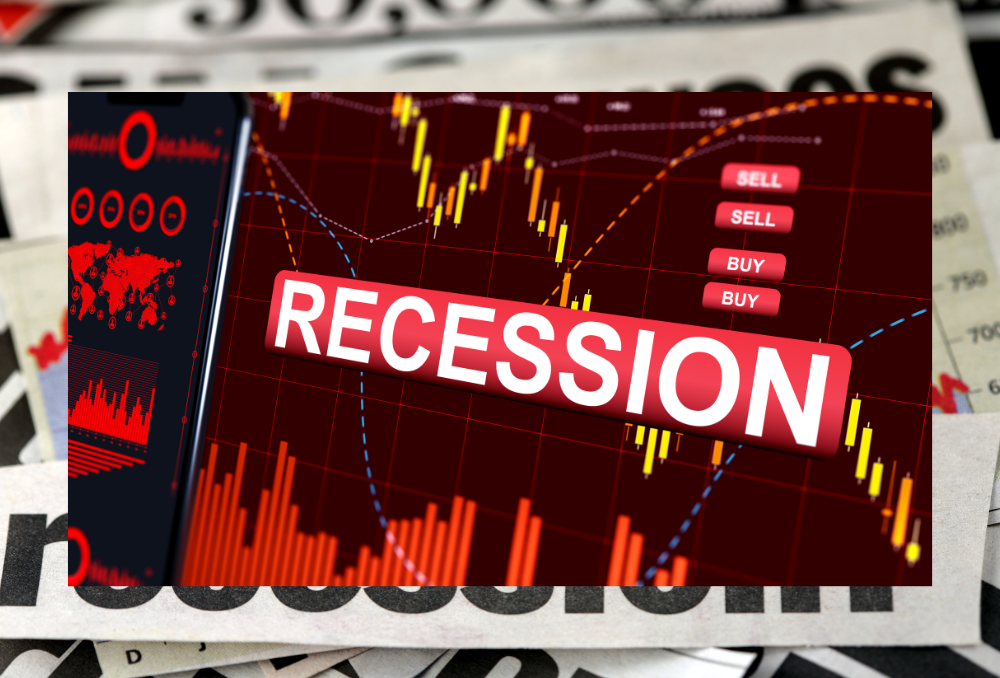
The Global Financial Crisis hasn’t actually ended in spite of many years of Quantitative Easing (QE) that began in November 2008 (QE: Federal Reserve creates money out of thin air to purchase stocks, bonds, and mortgages while boosting asset prices and reducing deflationary risks) and Operation Twist (Federal Reserve simultaneously buys and sells long-term and short-term bonds to artificially suppress mortgage rates down towards historical lows) which helped push real estate prices skyward to all-time record highs just as mortgage rates hit all-time record lows.
While many home prices continue flattening or falling as mortgage rates rise, it’s important to remember these wise words about how new opportunities arise during almost any boom or bust time period:
“To get rich, you have to be making money while you’re asleep.”
“Creative financing creates more opportunities for you.”
“Cash is king.”

Rick Tobin
Rick Tobin has worked in the real estate, financial, investment, and writing fields for the past 30+ years. He’s held eight (8) different real estate, securities, and mortgage brokerage licenses to date and is a graduate of the University of Southern California. He provides creative residential and commercial mortgage solutions for clients across the nation. He’s also written college textbooks and real estate licensing courses in most states for the two largest real estate publishers in the nation; the oldest real estate school in California; and the first online real estate school in California. Please visit his website at Realloans.com for financing options and his new investment group at So-Cal Real Estate Investors for more details.
Learn live and in real-time with Realty411. Be sure to register for our next virtual and in-person events. For all the details, please visit Realty411.com or our Eventbrite landing page, CLICK HERE.


